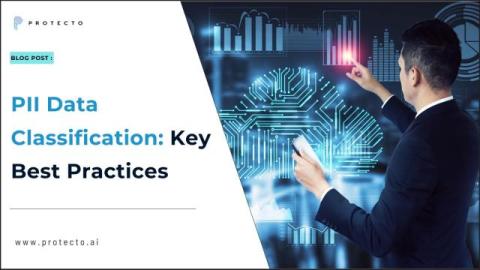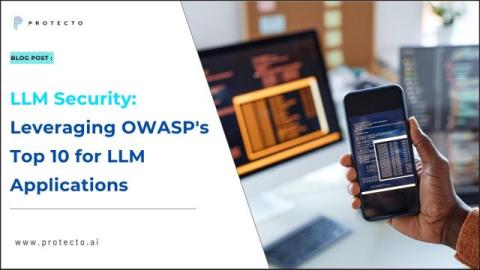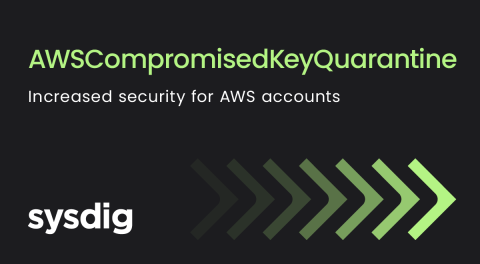PII Data Classification: Key Best Practices
PII (Personally Identifiable Information) refers to data that can directly or indirectly identify an individual, such as names, addresses, or phone numbers. Protecting PII data is critical, as exposure can result in identity theft, financial fraud, or privacy breaches. With businesses collecting vast amounts of PII, proper PII data classification has become essential to safeguarding sensitive information and complying with data protection regulations.











